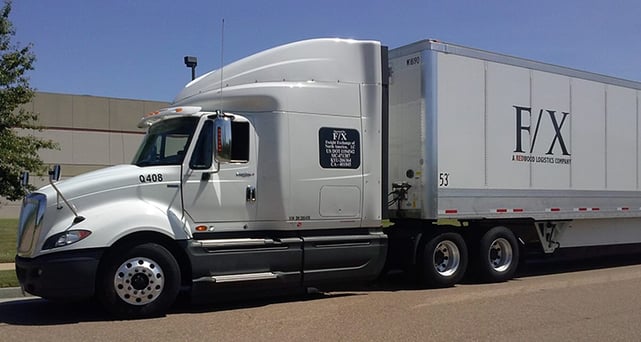REDWOOD LOGIN
Redwood PortalLTL
SCS
SCS Support
Rockfarm

The supply chain is a complex system of moving parts. From manufacturing to distribution, wholesaler to the end consumer, goods move across the globe via multiple modes on a daily basis. To accomplish this task efficiently, many shippers depend on third-party logistics providers to help them navigate this complex system – or manage all aspects for them. Generally speaking, there are two different types of carriers – asset-based carrier and non-asset based carrier.
While all 3PL’s strive to improve the logistics operations of their clients, asset-based and non-asset-based providers all have unique methods or resources to help accomplish this task.
In this blog post, we discuss the differences between asset-based logistics and non-asset based logistics companies.
The supply chain and logistics field are supported by service providers that help their clients efficiently move freight across several modes of transportation. Generally speaking, these service providers can be divided into two specific categories; those who own the assets they use to move freight (asset-based carrier) and those who contract others (non-asset based carrier). Both types of supply chain support companies manage the logistics and supply chain functions for their clients.
Here are a few of the most important tasks all carriers aim to achieve:
The primary difference between an asset-based carrier and a non-asset based carrier is in the way each accomplishes these goals. Let’s dig a bit deeper by providing a general overview of each type of 3PL below.
As explained above, an asset-based logistics provider is one who owns most or all of the assets (equipment and support resources) that are needed to operate the supply chain movement for their clients. Some of the assets needed for the smooth movement of commodities including several things. Warehouses, distribution centers, trucks, and containers are all example of critical assets. While ownership comes with some benefits to help reduce the costs of their clients' supply chain functions, it also represents some hurdles. The key is choosing an asset-based carrier that demonstrates their ability to efficiently move their clients' freight.
The non-asset based logistics company does not own the asset. Instead, they either contract or sub-lease their service with proven carriers to move their client’s products. They also specialize in helping their clients save money by handling the more complicated tasks of freight movement. This includes negotiating superior contracts with each carrier, maintaining strong relationships with carriers, distribution centers, and warehouses while keeping them accountable for mistakes in billing and freight movement.
The main thing to remember is that each type of 3PL customizes a solution that fits your needs, help you achieve your goals, and overcome obstacles. A professional 3PL can help you determine which mode is best – and actually, manage all aspects of your freight movement.
Chicago-based Redwood Logistics is a next-generation, strategically integrated logistics provider. For more than 15 years, we've been providing solutions for moving and managing freight. Redwood Logistics focuses on ensuring our customer's success. We accomplish this with talented and motivated people, proven processes and cutting-edge technologies.
If you have any questions about asset-based carrier services, reach out to us today!